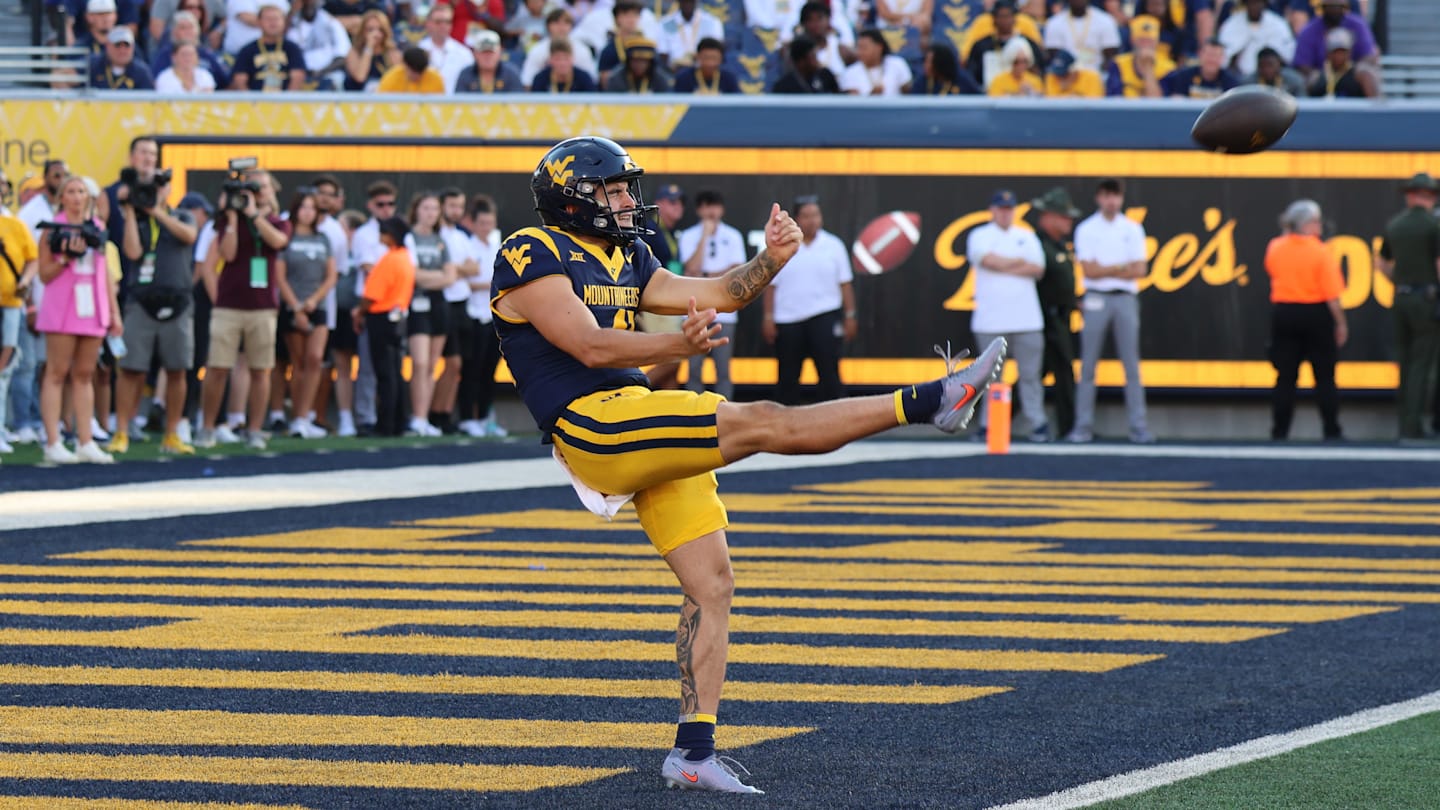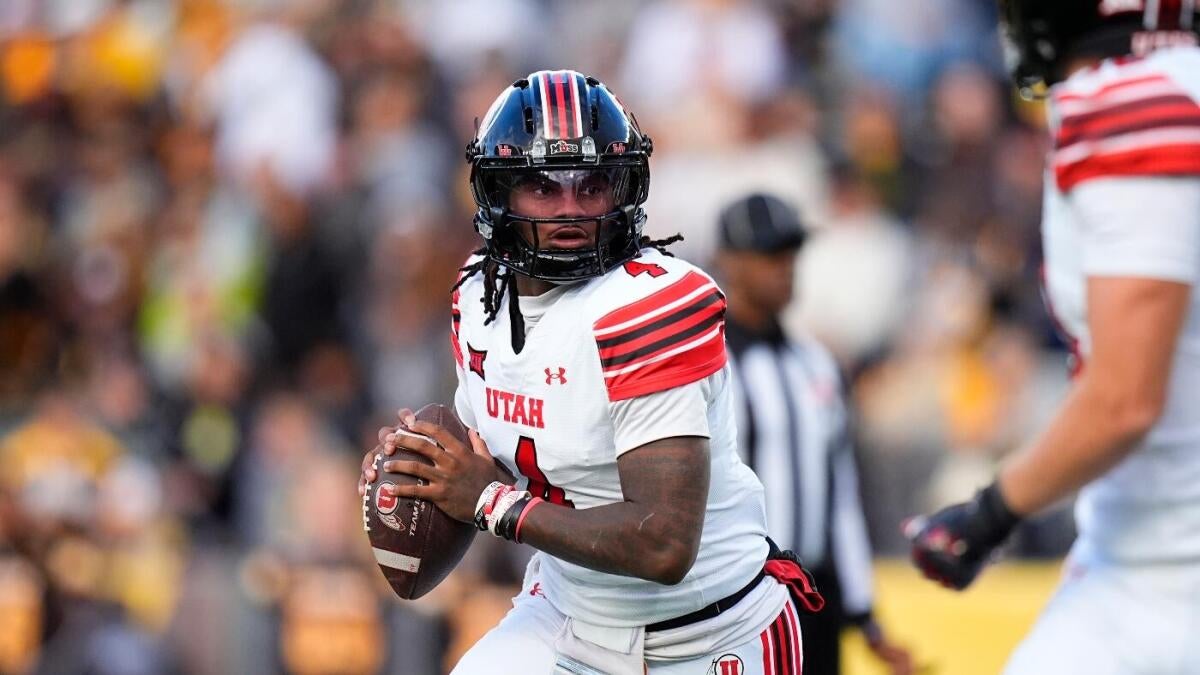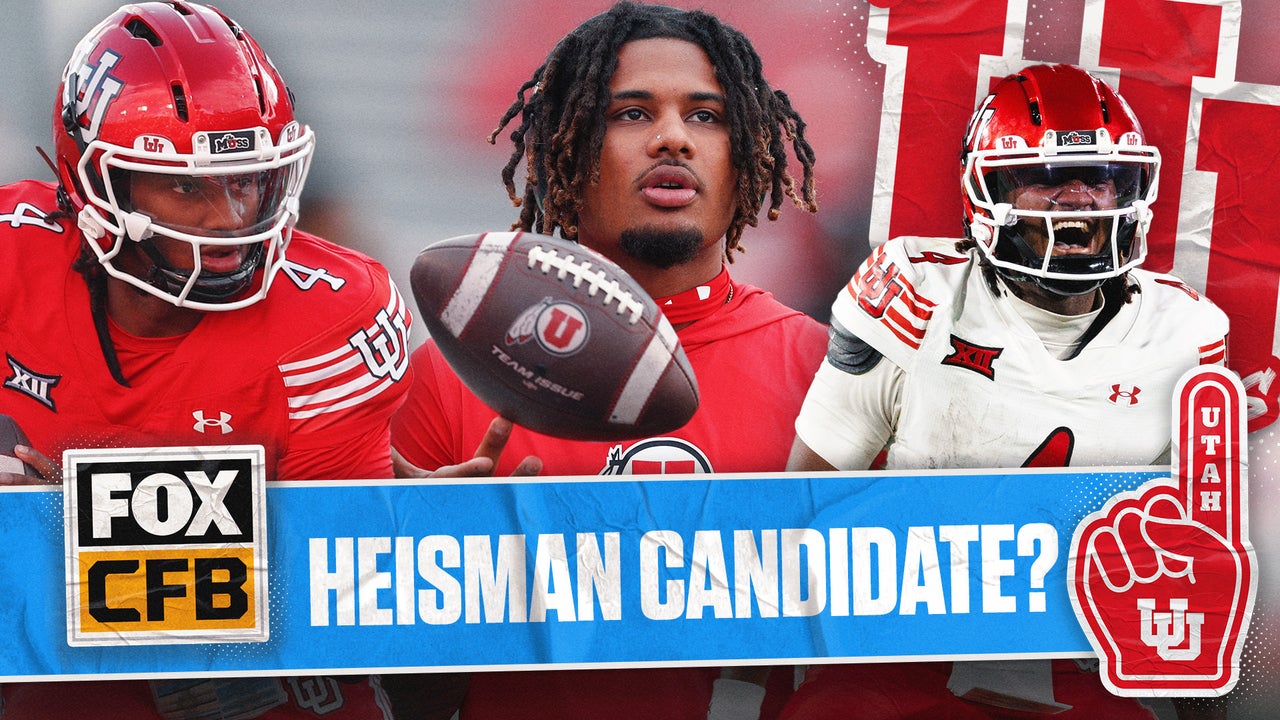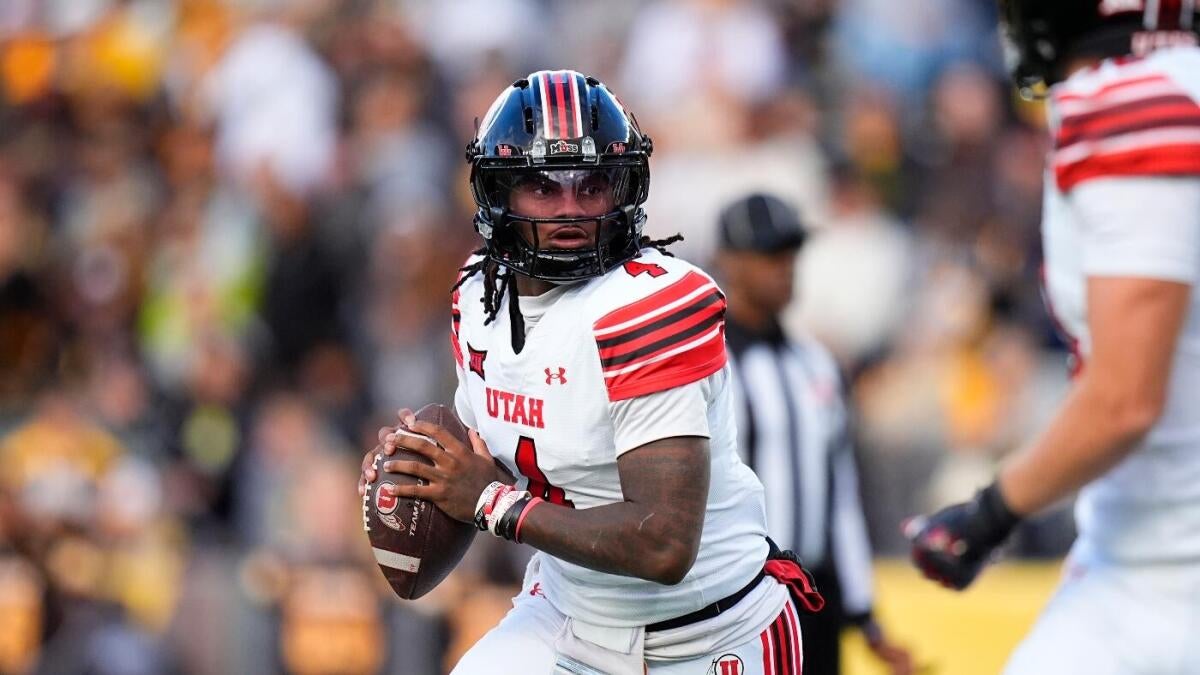Most of the voting was how you’d expect it to be. Cooper Flagg landed a whopping 18 of 20 total votes, Dylan Harper landed a lone vote his way, but Bailey also got his own single vote as the potential …
When looking ahead to Ace Bailey’s rookie season with the Utah Jazz and onwards, there’s an array of possibilities that could transpire for the fifth-overall pick in his new NBA home.
Bailey could have the opportunity to come onto the scene as a bonafide scorer, showing the upside he put together as a top offensive option at Rutgers on full display at the NBA level. There’s also a chance Bailey could also struggle to adjust to the next tier of competition at the start, considering how raw and young he’s entering the league as, or he could have a mix of both.
But in the eyes of one anonymous NBA executive, Bailey could have a real shot at not just becoming the best talent in this year’s draft class, but also honing into a bit of an Anthony Edwards-lite.
ESPN recently polled a collection of 20 anonymous NBA executives on multiple questions leading up to this coming season, where one question centered on the incoming rookie class: “Who will be the best player from the class of 2025 … in five years?”
Most of the voting was how you’d expect it to be. Cooper Flagg landed a whopping 18 of 20 total votes, Dylan Harper landed a lone vote his way, but Bailey also got his own single vote as the potential best player in five years–– showing some upside comparable to Anthony Edwards in his first year:
“He reminds me a lot of Anthony Edwards [entering the league],” an East executive said of Bailey. “Super talented, but a lot of questions. But the ease with which he creates shots at his size is something you can’t teach.”
It’s some high praise for Bailey, even without seeing the Jazz rookie in action for his first official regular season game.
But if the Jazz do have their own version of Edwards in the fold, it’s essentially exactly what Utah needs when looking to the future: a clear-cut, number-one scoring option with someone with upside to be a key centerpiece of this roster’s hopes moving forward.
Bailey has the unteachable length and athleticism, paired with the innate scoring skills and sense to eventually raise him to that ceiling, and thus could make for a true home run selection when looking back in hindsight.
That best-case scenario outcome also hinges on the Jazz developing their top-five pick effectively so he can progress into that upper-echelon scorer. But fast forward five years, and at least one league executive sees that possibility in the cards.
Source: Utah News











